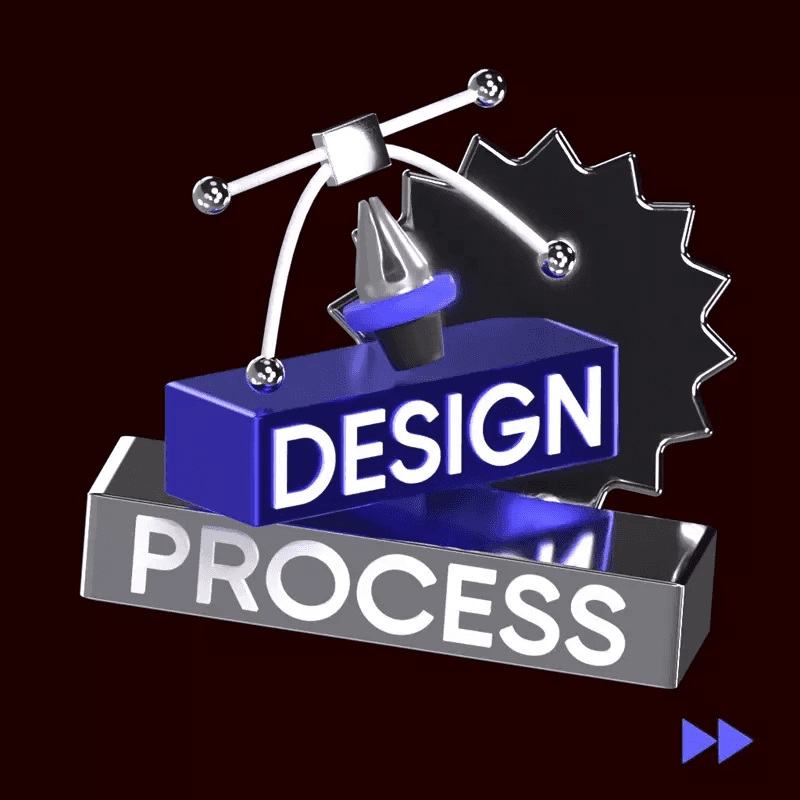Reflection Mapping
Reflection Mapping
Reflection Mapping
Reflection mapping is a technique used in computer graphics to simulate the reflective properties of surfaces in a three-dimensional environment. It is commonly used to create realistic and immersive visual effects in video games, virtual reality experiences, and computer-generated imagery (CGI) in films.
Reflection mapping involves the use of a texture map, known as an environment map, that contains a 360-degree panoramic image of the surrounding environment. This environment map is then projected onto the surface of an object to simulate how light reflects off of it. By accurately mapping the reflections of the environment onto the object, reflection mapping can create the illusion of shiny, metallic, or glossy surfaces.
There are two main types of reflection mapping: static reflection mapping and dynamic reflection mapping. Static reflection mapping involves pre-rendering the environment map and applying it to the object, while dynamic reflection mapping involves updating the environment map in real-time to reflect changes in the environment or the object's position and orientation.
Reflection mapping is a powerful tool for creating visually stunning and realistic graphics in computer-generated imagery. It adds depth, detail, and realism to virtual environments, making them more immersive and engaging for viewers.
15,000+ customizable 3D design assets
for UI/UX, website, app design and more


quote post


Information post


marketing post
Sign up for free
View All
A
B
C
D
E
F
G
H
I
J
K
L
M
N
O
P
Q
R
S
T
U
V
W
X
Y
Z
#
View All
A
B
C
D
E
F
G
H
I
J
K
L
M
N
O
P
Q
R
S
T
U
V
W
X
Y
Z
#
View All
A
B
C
D
E
F
G
H
I
J
K
L
M
N
O
P
Q
R
S
T
U
V
W
X
Y
Z
#
Tools
Create
Tools
Create